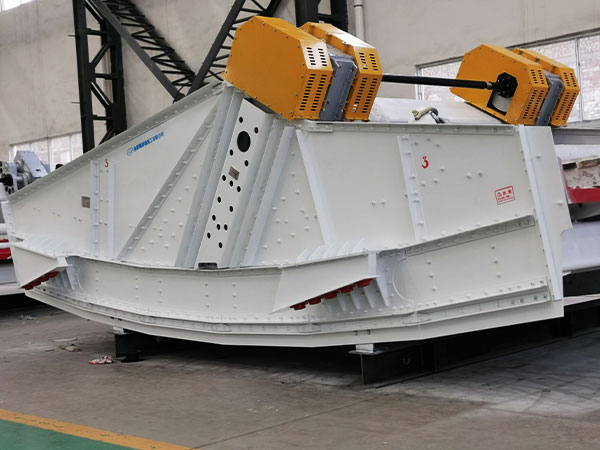What are the main spare parts for vibrating screens?
Vibrating screens are widely used in various industries for separating and grading materials based on size. These screens consist of multiple components that work together to perform the screening process efficiently.
The main parts of a vibrating screen

Screen Mesh:
The screen mesh is a crucial component that defines the aperture size through which the material passes. It determines the size of particles that are allowed to go through the screen.
Screen Frame:
The screen frame supports the screen mesh and holds it in place. It is typically made of metal and provides structural integrity to the entire vibrating screen.
Vibrator Assembly:
The vibrator assembly contains eccentric weights that generate vibratory motion to the screen. This motion facilitates the movement of particles on the screen surface, promoting effective screening.
Drive Unit:
The drive unit is responsible for generating the power necessary to operate the vibrator assembly. It may include an electric motor, a belt drive, and other components.

Springs:
Springs are used to support the entire vibrating screen and absorb vibrations, ensuring smooth operation and reducing stress on other components.
Bearings:
Bearings support the rotating components of the vibrator assembly, allowing for smooth and efficient motion. Proper lubrication is essential to prevent premature wear.
Housing or Body:
The housing or body of the vibrating screen encloses the various components and provides a protective barrier. It also serves as a support structure.
Dust Cover:
In some applications, a dust cover or hood may be added to prevent dust and debris from escaping during the screening process. This helps maintain a clean working environment.

Feed Box:
The feed box is the entry point for material onto the vibrating screen. It is designed to distribute the material evenly across the screen surface.
Discharge Chutes:
Discharge chutes guide the screened material to the appropriate collection point. The design of these chutes ensures efficient material flow and minimizes spillage.
Motor Base:
The motor base provides a secure foundation for the electric motor that powers the vibrating screen. It helps maintain proper alignment and reduces vibration transmission to the surrounding structure.
Isolation Springs or Mounts:
Isolation springs or mounts are used to further dampen vibrations and isolate the vibrating screen from the supporting structure. This is essential for reducing noise and preventing excessive vibration transmission.
It’s important to note that the specific design and components of vibrating screens can vary based on the application and manufacturer. Regular maintenance, proper lubrication, and timely replacement of worn parts are essential for ensuring the longevity and efficient operation of vibrating screens. Manufacturers’ guidelines and recommendations should be followed for maintenance and replacement intervals.



